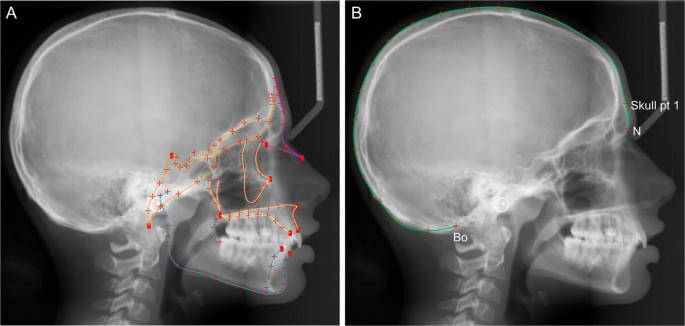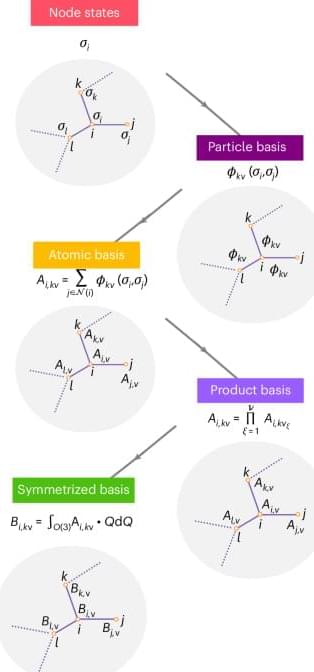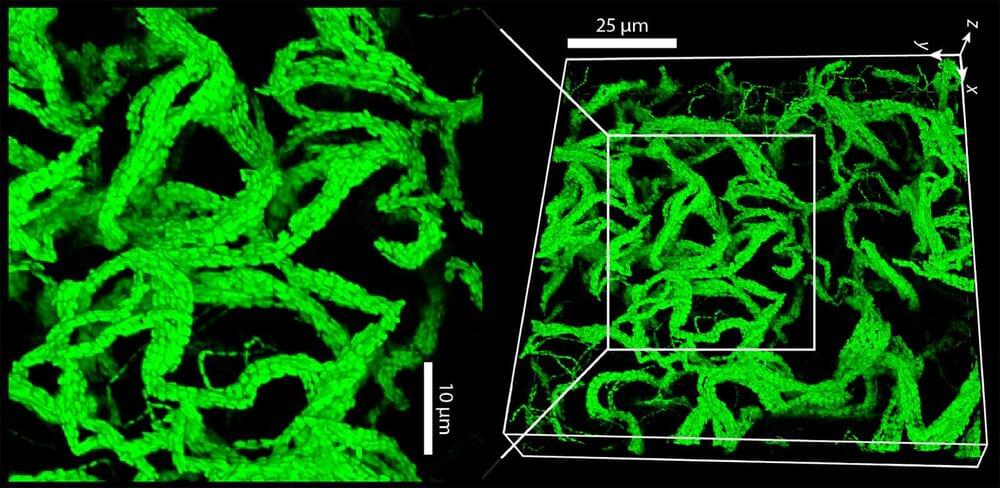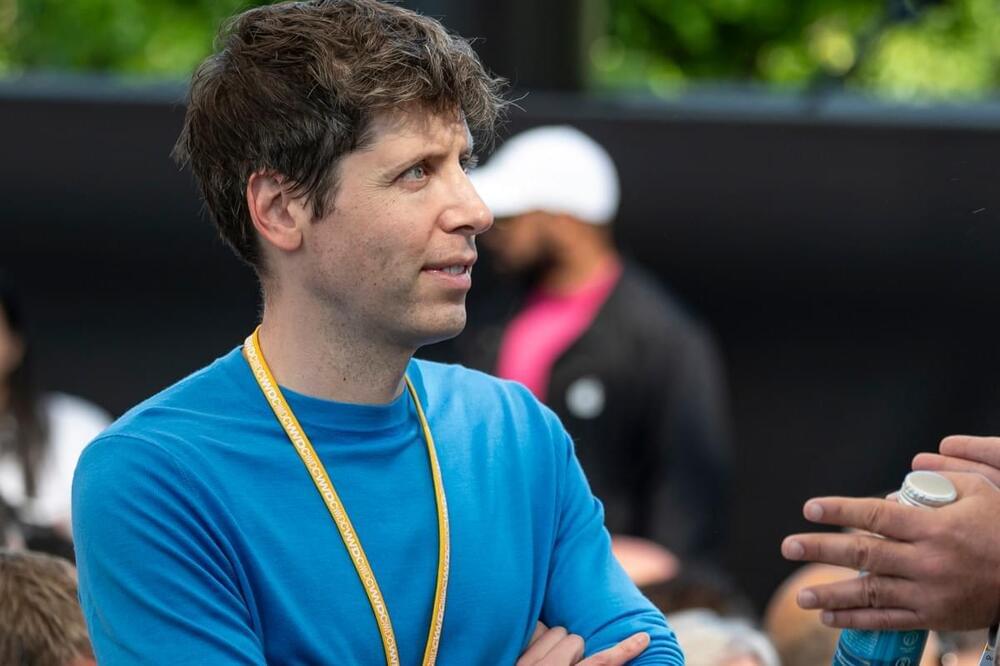Human faces are becoming shorter, due to changes in our diet, and our smaller jaws mean there is less room for teeth. As a result, most babies are now being born without wisdom teeth.
According to Dr Teghan Lucas, of Flinders University in Adelaide, this indicates that humans are still evolving — and at a rapid rate.
Dr. Lucas and a team of scientists discovered that people are undergoing a kind of “micro-evolution” where evolutionary changes can be noticed over a short period of time. Some of the changes also include weaker jaws, which is likely due to our dependence on fire and processed food more than ever before.
Scientists also found that some people are being born with additional bones in their arms and legs, as well as an extra artery in their arm. They also found that some people are born with abnormal connections of two or more bones in their feet.
T the only study to reach these conclusions. +.
Scientific Reports volume 10, Article number: 1820 (2020) Cite this article.








